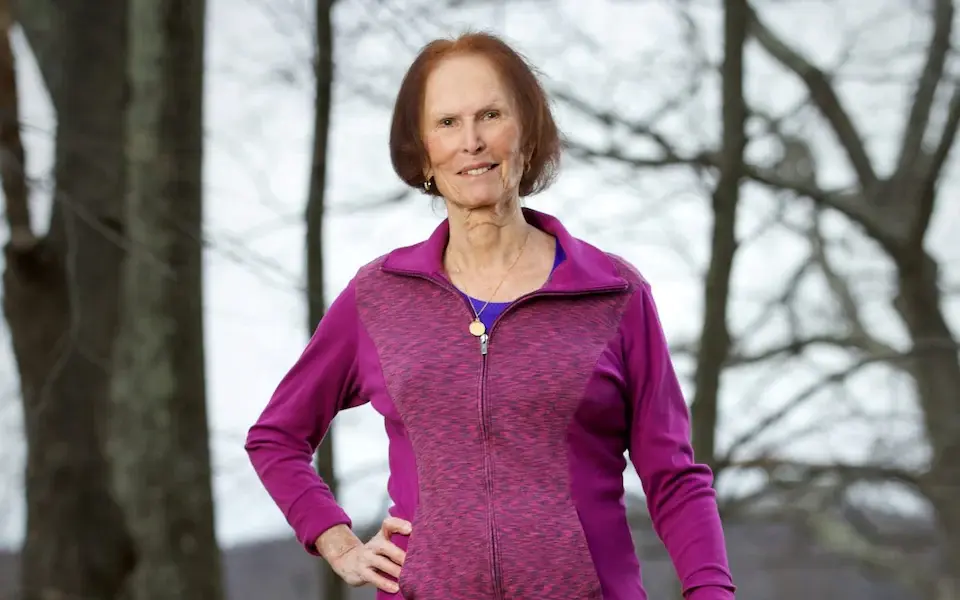Day 20 0f Celebrating Pride: Renée Richards
- VaultBoyBrett
- Jun 20, 2024
- 3 min read
The narrative of Renée Richards is one of profound courage and groundbreaking achievement. Her life story is a powerful testament to the quest for authenticity and equality, marking her as a distinguished figure in both the medical field and the world of tennis.
Early Life and Career
Renée Richards was born into a world of promise and privilege on August 19, 1934. From an early age, she demonstrated remarkable academic excellence and athletic prowess. Her passion for tennis led her to become the captain of the Yale University tennis team, a role she held with distinction. This same passion drove her to a celebrated career in medicine, where she specialized in ophthalmology and became renowned for her work in eye-muscle surgery.
Transition and the Pursuit of Identity
The 1970s marked a period of significant social change and personal growth for Richards. Her courageous decision to embrace her true identity and transition was met with numerous challenges. It was a journey that demanded immense bravery, as she navigated a society largely unprepared for and often hostile toward transgender individuals.
Legal Battle and Victory
Richards’ determination to compete in the women’s category at the 1976 US Open led to a historic legal confrontation. The United States Tennis Association’s policy of genetic screening posed a direct challenge to her identity. The New York Supreme Court’s ruling in her favor was a monumental victory that echoed far beyond the tennis courts, signaling a pivotal shift in the recognition of transgender rights.
Professional Tennis Career
Richards’ professional tennis career was marked by a series of pioneering moments. Each match was a testament to her right to compete as her authentic self. Despite intense scrutiny and opposition, she achieved a career-high ranking of No. 20 in February 1979, a significant milestone that paved the way for future transgender athletes.
Advocacy and Coaching
Upon retiring from professional tennis in 1981, Richards continued to influence the sport through her coaching. Her guidance of Martina Navratilova to two Wimbledon titles is a testament to her expertise. Off the court, Richards became a vocal advocate for transgender rights, championing the cause of equality and acceptance.
Legacy and Impact
The legacy of Renée Richards reaches far beyond her athletic accomplishments. Her fight for the right to compete has inspired many to pursue their dreams without fear of discrimination. Her story remains a resonant part of today’s conversations about gender, identity, and sports, underscoring the ongoing struggle for equality and the importance of asserting one’s identity.
The life of Renée Richards serves as a powerful reminder of the resilience of the human spirit and the transformative power of living one’s truth. Her contributions to medicine, sports, and the transgender rights movement have left an indelible mark on history. Reflecting on her journey, we are inspired by her bravery, moved by her determination, and called to action by her enduring legacy.
Thank you for reading and Happy Pride!
Extras:
These resources provide a comprehensive understanding of Renée Richards’ journey and her contributions to sports and transgender rights. They are excellent starting points for anyone looking to delve deeper into her story.
Documentaries and Videos:
“Renée” is an ESPN Films documentary that provides an in-depth look at Richards’ life and her impact on sports and transgender rights.
A video titled “Pride in Sports History: Renee Richards’ Right to Play” discusses her legal battle to compete as a woman in the US Open.
The US Open’s official YouTube channel features a video about Renee Richards playing in the US Open after her fight for the right to compete.
Articles:
An article by Steve Tignor titled “Decades later, Renée Richards’ breakthrough is as important as ever” reflects on her significance in tennis history.
Books:
Renée Richards authored an autobiography titled “Second Serve,” which details her life before and after her transition.
“No Way Renée: The Second Half of My Notorious Life” is another book by Richards that offers insights into her experiences and advocacy work.
sources:












Comments